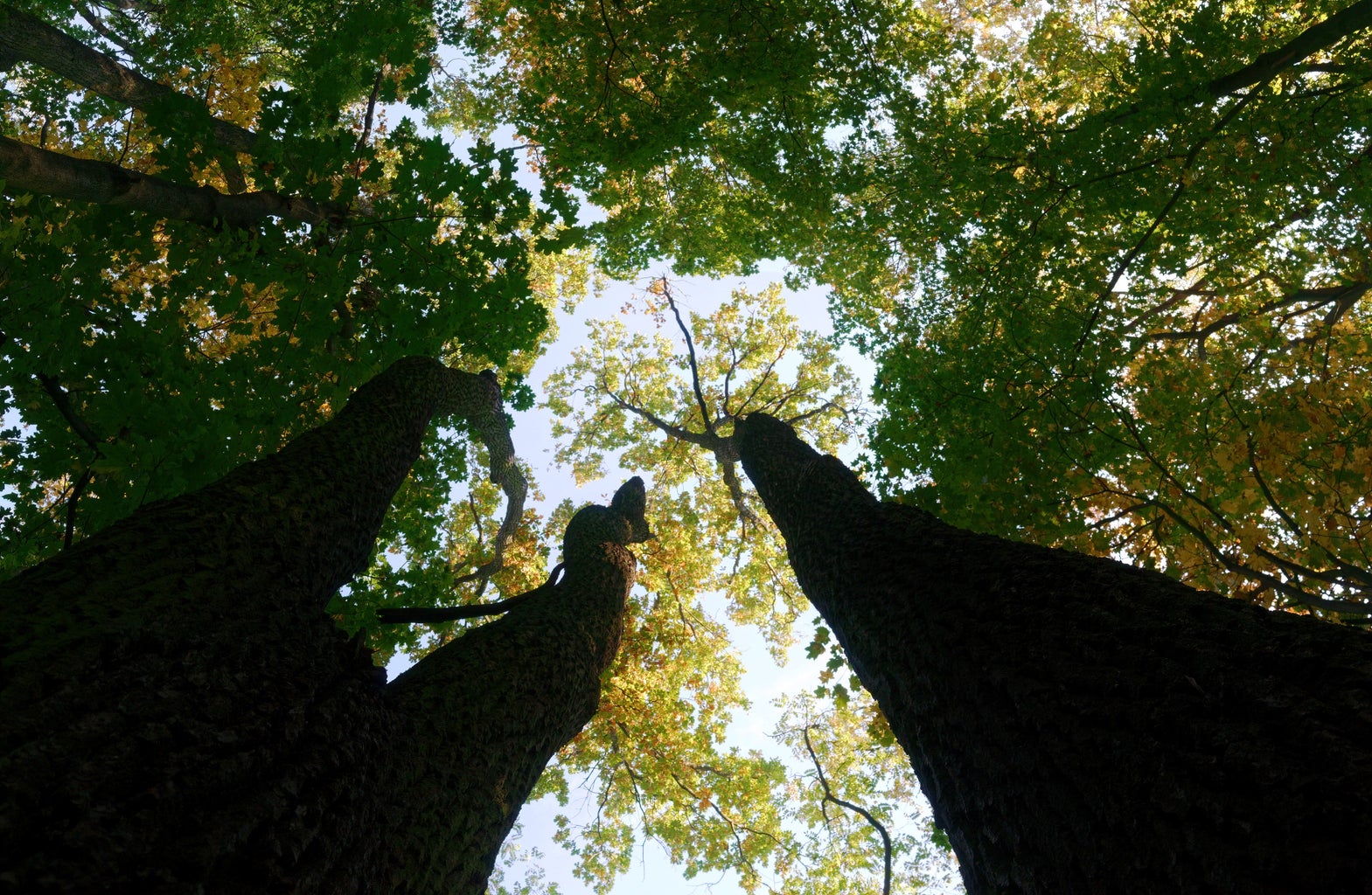Last Sunday was a rare day of warm February sunshine amidst still-lingering patches of snow. People wore summer dresses and drank iced teas and coffees. They sat on blankets spread out in the mostly-dead grass of the freshman quad. Others tossed a frisbee back and forth. Someone set up a hammock between two trees and read a book beneath the branches.
That afternoon, I made my way down to the Kokosing Gap Trail with the intention of going on a run. I began at a jog, but it wasn’t long before I slowed for a walk. I alternated between walking and jogging for a while, but eventually I decided to maintain my slower pace. I felt at peace there, walking past barren trees with their branches reaching to the shockingly blue sky, farms that rambled and draped across the landscape for miles, the largest cows I’ve ever seen staring at me with dark austere eyes, and the shadowy and smooth Kokosing River moving along beside me.
I was struck with how beautiful it was. Being directly surrounded by unrestricted beauty in that way felt sacred. I began to wonder how I can cultivate that simple joy every day. How can I find happiness in the world around me on a day that is not unexpectedly sunny? How can I find joy when I am surrounded by papers and laptops instead of rivers and trees? What is sacred, and how can I recognize it?
Joy and sacredness are daunting words. Beauty, it would seem, is less so. I think that our search for joy and sacredness can also be defined as a search for the versatility of beauty.
The idea of seeking sacredness can be thought about in many different ways: a search for joy, an acknowledgement of beauty, or the love we feel for certain things in our lives. If we imagine beauty to be limitless, then we can choose for ourselves what is beautiful. We have the opportunity to discover what we find joy in, while recognizing that it can be anywhere.
I find joy in the stretch of branches on trees, in the color red, in sunlight through tall windows, in loud jazz music. I find joy in a mug of hot coffee with a shake of cinnamon on top. I find joy in tripping tongues and spelling mistakes. I find joy in artificial orange flavor, and in real dried mango. I find joy in the dip of the sky, in the voice of a friend on the phone, in waking up between soft blankets and sheets, in long skirts and sometimes in short ones too, joy in a banana for breakfast, joy in Peirce stir fry, joy in sharing a laugh with someone I’ve rarely spoken to, joy in writing all of this down.

On some level, this does make sense. If we are satisfied with life, perhaps progress would slow. If we are satisfied, maybe we are less likely to try new things. But when we are dissatisfied, we also tend to be less adept at recognizing the opportunities for joy when they present themselves.
The more that I think about it, the more I suppose that the ability to recognize and acknowledge what brings me joy is one of the parts of my life that I love the most. But for me (and probably for most people), it does take some conscious thought. It is easy to walk from Peirce to my dorm preoccupied with the to-do list running through my head. Most of the time, my thoughts as I walk revolve around a repetition of my schedule for the day ahead. I walk and I plan and I almost utterly neglect to notice what is around me.
I don’t like to live that way. It doesn’t make me more efficient or more hard working. What it does do is make me feel more anxious, distracted, and impatient. So I’ve decided to use my time between plans to focus on the unplanned parts of my life instead. Rather than thinking about my homework and the meetings ahead of me, I have begun to take notice of the shape and color of the trees, the small flakes of snow as they fall, the light and warmth that drenches me when I open a heavy wooden door and enter a building. I notice the people that walk ahead of me and past me. I say hello, but I also think of who these people are as I pass them. I think of how happy they look, of the unique beauty that they carry.

Seeking joy is not about telling ourselves that we are wrong when we are sad. It is not about changing something in ourselves. It is about the search for beauty in the parts of our life as they are now—about the sacredness of the every day.


